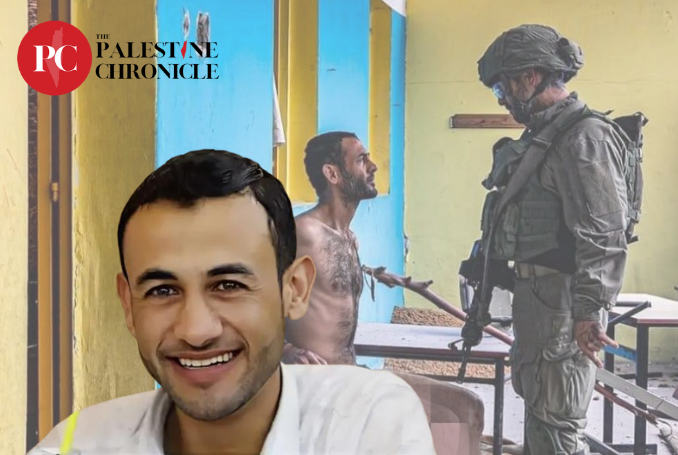
The photo that was meant to humiliate Hamza did the exact opposite. He is now known as the ‘Lion of Gaza’.
The intention was to send a message of Israel’s military superiority and Palestinian defeat and humiliation.
But the image uploaded by one Israeli soldier of a naked young man, handcuffed while sitting in front of an Israeli occupation soldier, had a different effect.
To begin with, Hamza Abu Halima was not a fighter, neither with Al-Qassam nor any other Palestinian Resistance group. In fact, he was released hours after that picture of him was taken somewhere in northern Gaza.
If he was not a fighter, it means that whatever Israeli triumph the army wanted to convey was just another phony representation of their imaginary achievements in the Strip.
But more importantly, is that the photo that was meant to humiliate Hamza did the exact opposite. He is now known as the ‘Lion of Gaza’.
Yarmouk Stadium, Gaza City, the IDF parading prisoners for the media. Young and old men, children, stripped to their underwear, holding documents and id.
The IDF is proud of this, it's an expression of its values. @UEFA granted Israel membership in 1994. https://t.co/BVjcSQp7tN pic.twitter.com/gp2W9DVsej
— kosh_ (@kosh_1) December 26, 2023
Hamza Means Lion
Hamza is an ancient Arabic word, and like Asad and Layth, means lion.
What made Hamza known as the Lion of Gaza, however, was not his name, but the fierce look in his eyes as he stared down the Israeli soldier whose intention was to humiliate Hamza and deprive him of any sense of dignity.
The story began last December when invading Israeli forces entered the home of Hamza’s uncle in the Yarmouk area, in Gaza City.
Many family members had gathered in this home, believing that it was safer than other areas. Hamza’s immediate family had fled from the Shejaiya neighborhood, east of the City.
The word Shejaiya, by itself, should explain why any Palestinian from there is almost guaranteed to be fierce, mentally resilient and strong. In a recent article, Palestine Chronicle editor, Dr. Ramzy Baroud, wrote about Shejaiya:
“The etymology of the word Shejaiya is often misunderstood. The word indicates direct relation to the noun Shajaa’, meaning bravery. This explanation makes sense to many due to the obvious bravery of warriors emanating from this neighborhood throughout the years.”
Secret of Shejaiya – The ‘Brave’ Gaza Neighborhood that Israel Cannot Break
Tortured at Yarmouk
But Yarmouk was not much safer than Shejaiya, Shati refugee camp, or Sheikh Radwan. They were all targeted, erased, and served as the sites of horrific massacres against civilians.
When the Israeli army invaded the Abu Halima family home, Hamza was injured by the random firing from the Israeli army.
Instead of tending to his wounds, the Israeli army stripped him completely naked, and dragged him and many others to the Palestine Stadium west of the city.
By that time, the pride and joy of Gaza’s sports community had turned into an interrogation and detention center. This is the place where many of the videos and photos the Israeli military shared on social media were taken.
Some of these videos have shown hundreds of naked men, handcuffed and blindfolded, while sitting on the ground, their heads pushed down, surrounded by Israeli tanks and other military vehicles.
Never Broken
A cousin of Hamza told Al-Jazeera that “the Israeli soldier (who took the photo) is stupid. Because this photo (which was meant to break Hamza’s will) did the exact opposite. It will always be alive in the memory, reflecting his pride and bravery”.
In fact, the photo reflects the pride, dignity and bravery of a whole generation of Palestinians. Never before in the history of the Israeli occupation of Palestinian and Arab lands has a generation managed to break the will of Israel, destroy the reputation of its army, and deprive it of any sense of victory whatsoever.
Just shortly before Hamza was injured, detained, tortured, and supposedly humiliated, his father, Khamis Abu Halima, was killed by the Israeli army. Also, Hamza’s sister-in-law, along with her two children, Khamis, 6, and Haya, 3.
Handcuffed and Executed – 30 Bodies Found in Northern Gaza School (VIDEO)
Even then, Hamza refused to leave northern Gaza and to flee to the southern areas with the hope of finding a safer place to live.
Of course, no safety zones were actually safe, and the ratio of those killed in the south was, more or less, the same as those killed in the north.
Hamza is not a fighter in the traditional sense, but that fierce look in his face as he stood with his back straight and body bleeding, allowed him to serve as a representation of the Palestinian who can never break, even during the times of genocide.
“The lion remains a lion”, Mohammed Sukar, a friend of Hamza, wrote on Facebook, adding: “The look of sumoud (steadfastness) and challenge in front of a cowardly enemy is all the pride you need.”
Another post, by Mohammed Abu Nasser, read, “this iconic image will remain for history, a symbol of sumoud and defiance, and a witness to the crimes of this regime.”
(Information for this article were partly gleaned from an article by Raed Mousa – and was contributed to Al-Jazeera)

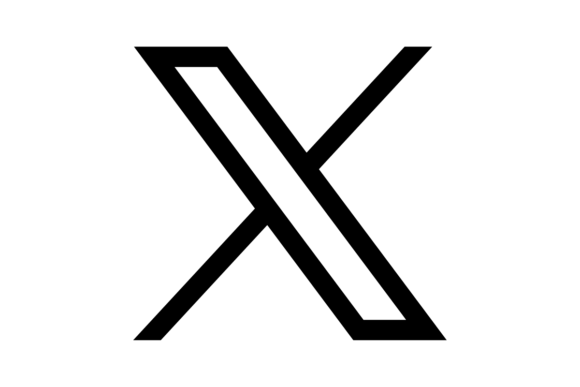


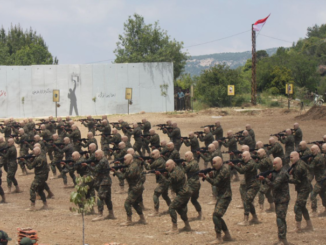
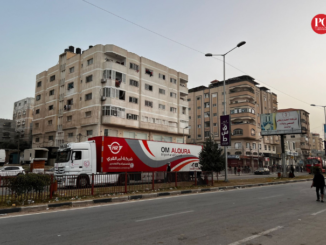
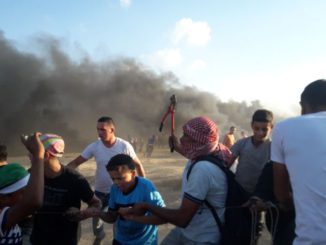


Be the first to comment